MARINE DIESEL EFFICIENCY OPERATION WITH THE HELP OF
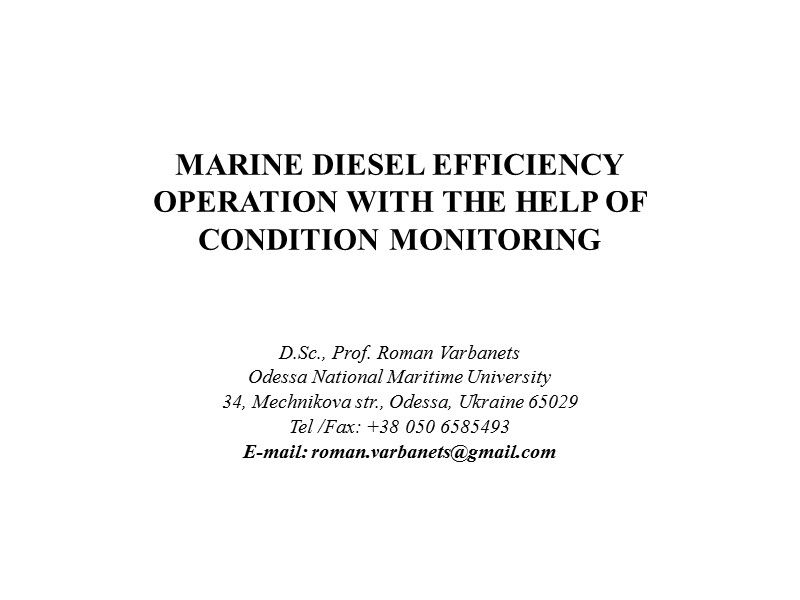
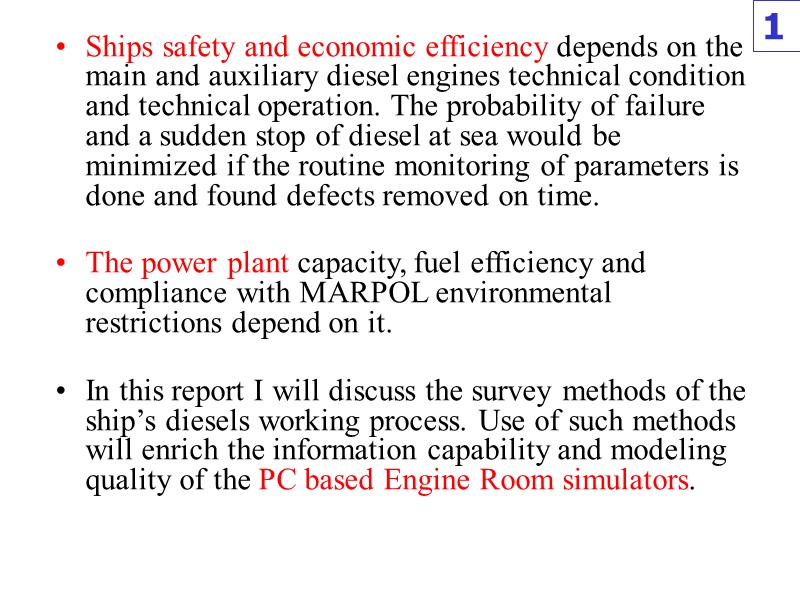
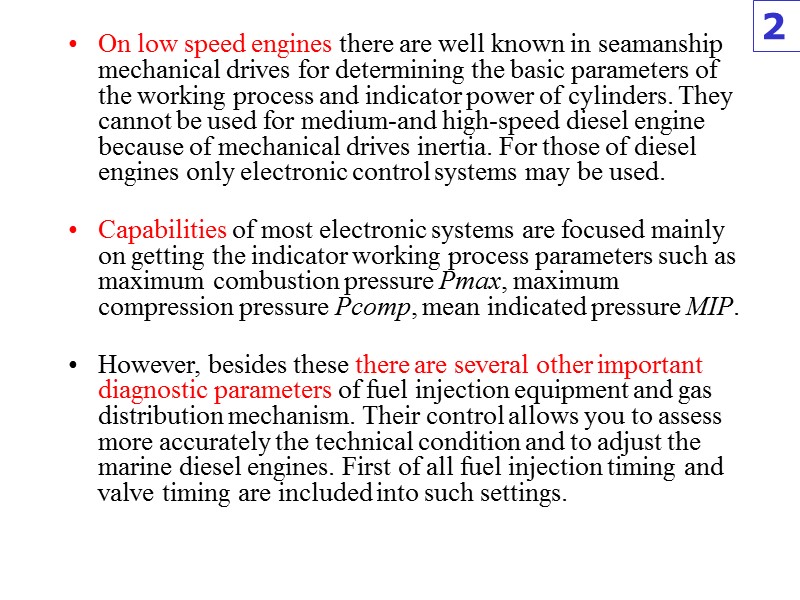
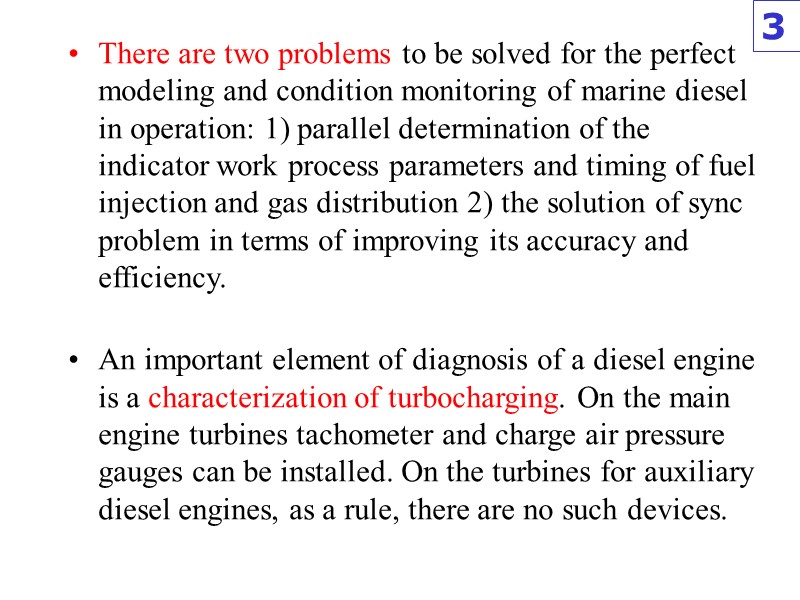
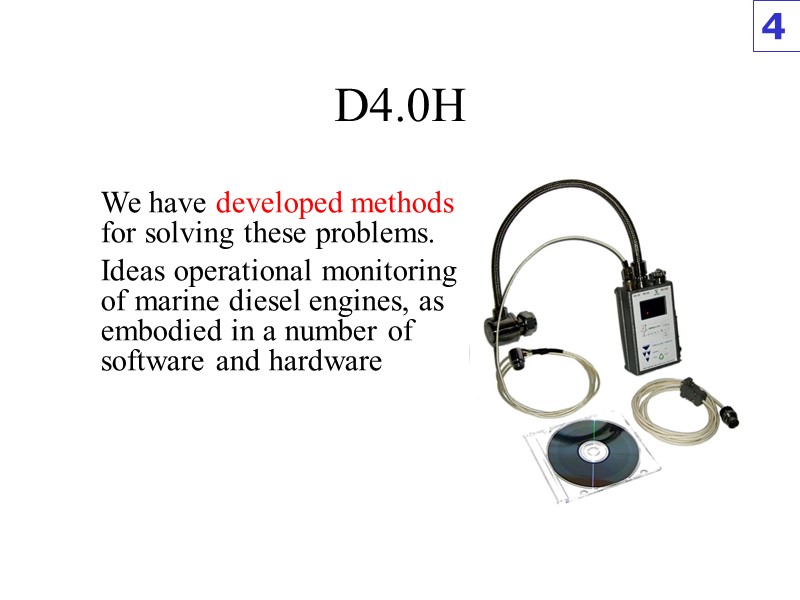
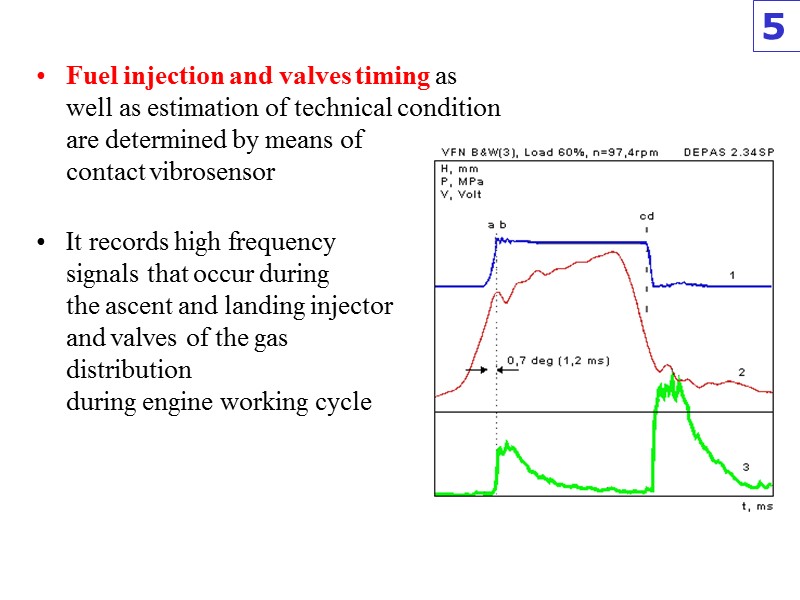
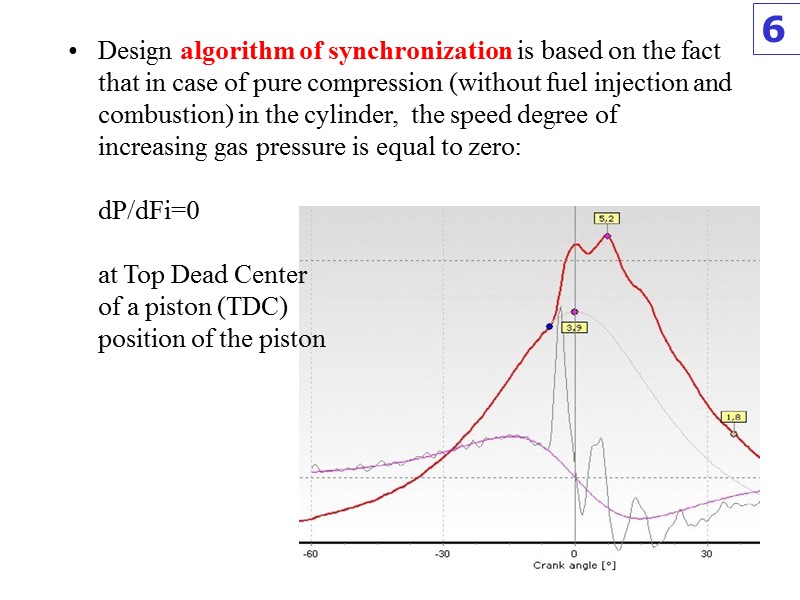
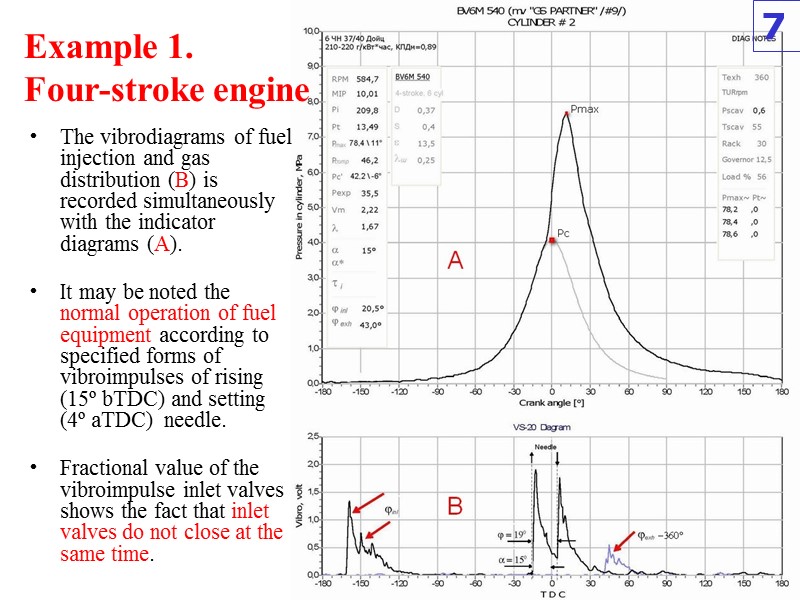
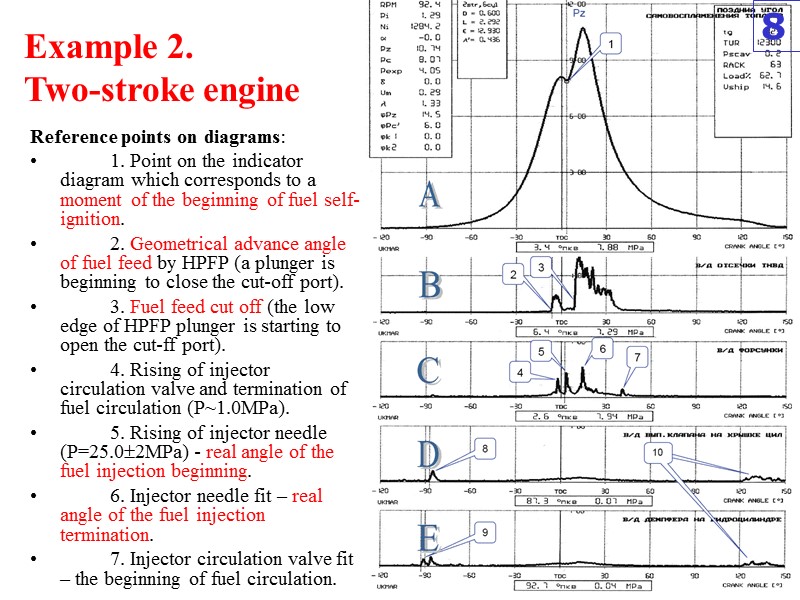
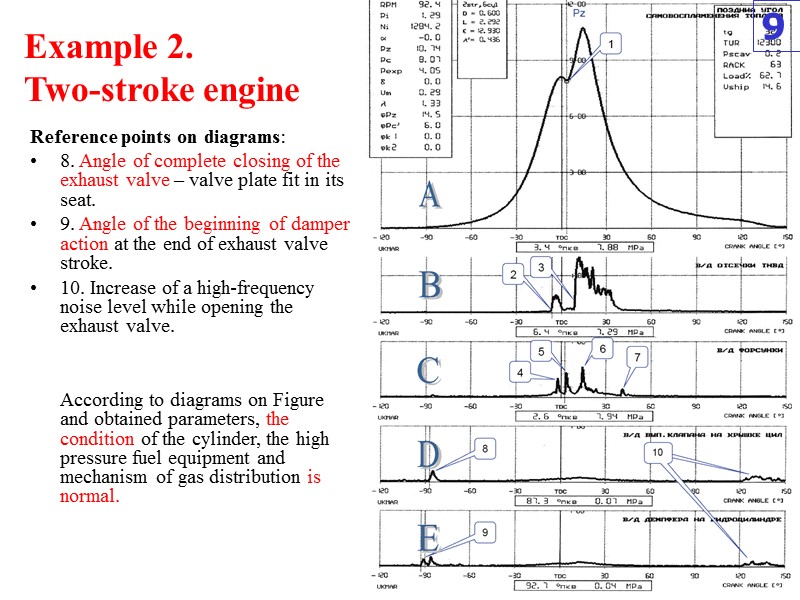
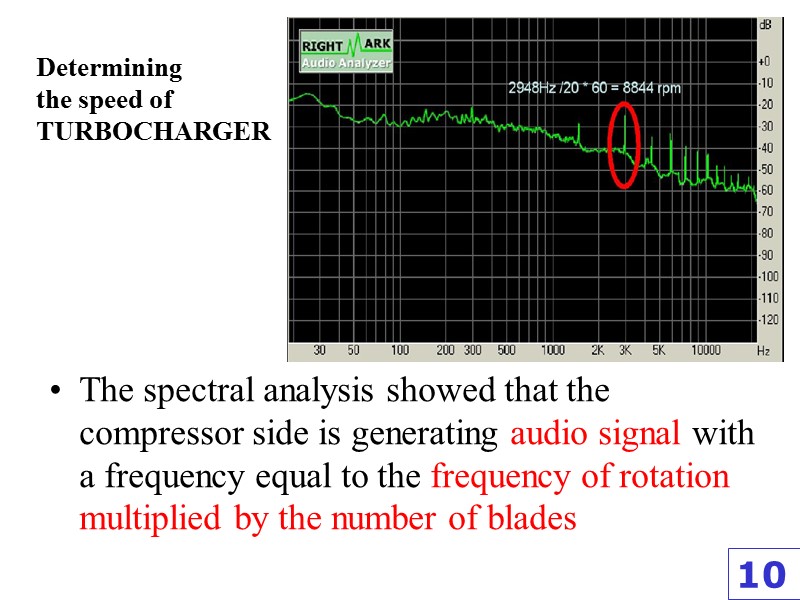
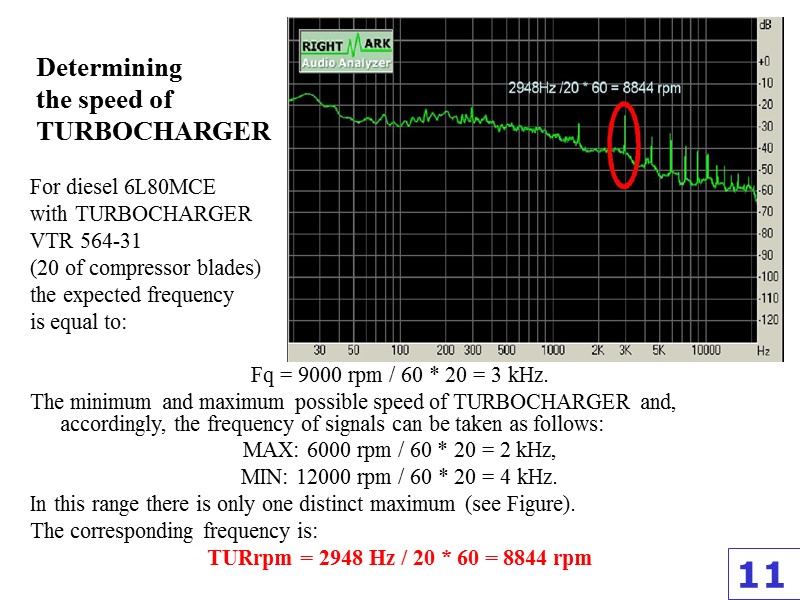
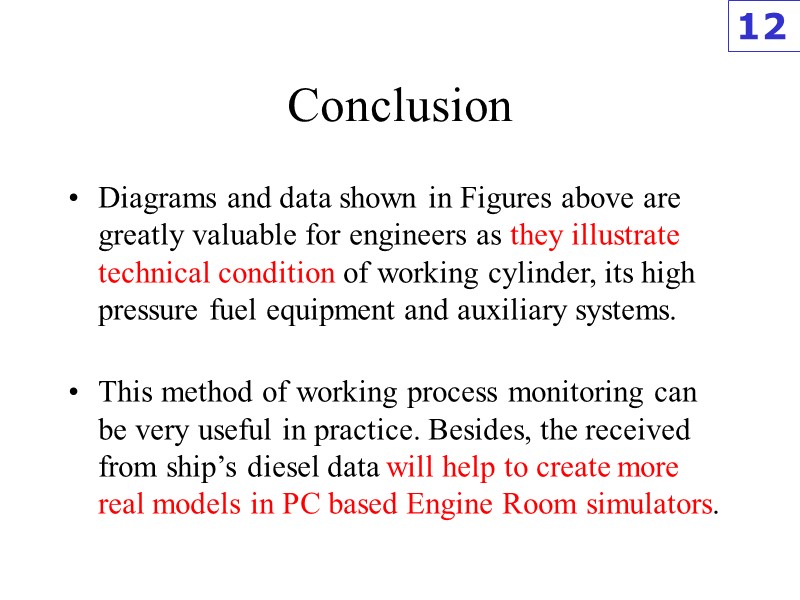

26818-roman_varbanets_marine_diesel_efficiency_opera.ppt
- Количество слайдов: 14
 MARINE DIESEL EFFICIENCY OPERATION WITH THE HELP OF CONDITION MONITORING D.Sc., Prof. Roman Varbanets Odessa National Maritime University 34, Mechnikova str., Odessa, Ukraine 65029 Tel /Fax: +38 050 6585493 E-mail: [email protected]
MARINE DIESEL EFFICIENCY OPERATION WITH THE HELP OF CONDITION MONITORING D.Sc., Prof. Roman Varbanets Odessa National Maritime University 34, Mechnikova str., Odessa, Ukraine 65029 Tel /Fax: +38 050 6585493 E-mail: [email protected]
 Ships safety and economic efficiency depends on the main and auxiliary diesel engines technical condition and technical operation. The probability of failure and a sudden stop of diesel at sea would be minimized if the routine monitoring of parameters is done and found defects removed on time. The power plant capacity, fuel efficiency and compliance with MARPOL environmental restrictions depend on it. In this report I will discuss the survey methods of the ship’s diesels working process. Use of such methods will enrich the information capability and modeling quality of the PC based Engine Room simulators. 1
Ships safety and economic efficiency depends on the main and auxiliary diesel engines technical condition and technical operation. The probability of failure and a sudden stop of diesel at sea would be minimized if the routine monitoring of parameters is done and found defects removed on time. The power plant capacity, fuel efficiency and compliance with MARPOL environmental restrictions depend on it. In this report I will discuss the survey methods of the ship’s diesels working process. Use of such methods will enrich the information capability and modeling quality of the PC based Engine Room simulators. 1
 On low speed engines there are well known in seamanship mechanical drives for determining the basic parameters of the working process and indicator power of cylinders. They cannot be used for medium-and high-speed diesel engine because of mechanical drives inertia. For those of diesel engines only electronic control systems may be used. Capabilities of most electronic systems are focused mainly on getting the indicator working process parameters such as maximum combustion pressure Pmax, maximum compression pressure Pcomp, mean indicated pressure MIP. However, besides these there are several other important diagnostic parameters of fuel injection equipment and gas distribution mechanism. Their control allows you to assess more accurately the technical condition and to adjust the marine diesel engines. First of all fuel injection timing and valve timing are included into such settings. 2
On low speed engines there are well known in seamanship mechanical drives for determining the basic parameters of the working process and indicator power of cylinders. They cannot be used for medium-and high-speed diesel engine because of mechanical drives inertia. For those of diesel engines only electronic control systems may be used. Capabilities of most electronic systems are focused mainly on getting the indicator working process parameters such as maximum combustion pressure Pmax, maximum compression pressure Pcomp, mean indicated pressure MIP. However, besides these there are several other important diagnostic parameters of fuel injection equipment and gas distribution mechanism. Their control allows you to assess more accurately the technical condition and to adjust the marine diesel engines. First of all fuel injection timing and valve timing are included into such settings. 2
 There are two problems to be solved for the perfect modeling and condition monitoring of marine diesel in operation: 1) parallel determination of the indicator work process parameters and timing of fuel injection and gas distribution 2) the solution of sync problem in terms of improving its accuracy and efficiency. An important element of diagnosis of a diesel engine is a characterization of turbocharging. On the main engine turbines tachometer and charge air pressure gauges can be installed. On the turbines for auxiliary diesel engines, as a rule, there are no such devices. 3
There are two problems to be solved for the perfect modeling and condition monitoring of marine diesel in operation: 1) parallel determination of the indicator work process parameters and timing of fuel injection and gas distribution 2) the solution of sync problem in terms of improving its accuracy and efficiency. An important element of diagnosis of a diesel engine is a characterization of turbocharging. On the main engine turbines tachometer and charge air pressure gauges can be installed. On the turbines for auxiliary diesel engines, as a rule, there are no such devices. 3
 D4.0H We have developed methods for solving these problems. Ideas operational monitoring of marine diesel engines, as embodied in a number of software and hardware 4
D4.0H We have developed methods for solving these problems. Ideas operational monitoring of marine diesel engines, as embodied in a number of software and hardware 4
 Fuel injection and valves timing as well as estimation of technical condition are determined by means of contact vibrosensor It records high frequency signals that occur during the ascent and landing injector and valves of the gas distribution during engine working cycle 5
Fuel injection and valves timing as well as estimation of technical condition are determined by means of contact vibrosensor It records high frequency signals that occur during the ascent and landing injector and valves of the gas distribution during engine working cycle 5
 Design algorithm of synchronization is based on the fact that in case of pure compression (without fuel injection and combustion) in the cylinder, the speed degree of increasing gas pressure is equal to zero: dP/dFi=0 at Top Dead Center of a piston (TDC) position of the piston 6
Design algorithm of synchronization is based on the fact that in case of pure compression (without fuel injection and combustion) in the cylinder, the speed degree of increasing gas pressure is equal to zero: dP/dFi=0 at Top Dead Center of a piston (TDC) position of the piston 6
 Example 1. Four-stroke engine The vibrodiagrams of fuel injection and gas distribution (B) is recorded simultaneously with the indicator diagrams (A). It may be noted the normal operation of fuel equipment according to specified forms of vibroimpulses of rising (15º bTDC) and setting (4º aTDC) needle. Fractional value of the vibroimpulse inlet valves shows the fact that inlet valves do not close at the same time. 7
Example 1. Four-stroke engine The vibrodiagrams of fuel injection and gas distribution (B) is recorded simultaneously with the indicator diagrams (A). It may be noted the normal operation of fuel equipment according to specified forms of vibroimpulses of rising (15º bTDC) and setting (4º aTDC) needle. Fractional value of the vibroimpulse inlet valves shows the fact that inlet valves do not close at the same time. 7
 Example 2. Two-stroke engine Reference points on diagrams: 1. Point on the indicator diagram which corresponds to a moment of the beginning of fuel self-ignition. 2. Geometrical advance angle of fuel feed by HPFP (a plunger is beginning to close the cut-off port). 3. Fuel feed cut off (the low edge of HPFP plunger is starting to open the cut-ff port). 4. Rising of injector circulation valve and termination of fuel circulation (P~1.0MPa). 5. Rising of injector needle (P=25.02MPa) - real angle of the fuel injection beginning. 6. Injector needle fit – real angle of the fuel injection termination. 7. Injector circulation valve fit – the beginning of fuel circulation. 8
Example 2. Two-stroke engine Reference points on diagrams: 1. Point on the indicator diagram which corresponds to a moment of the beginning of fuel self-ignition. 2. Geometrical advance angle of fuel feed by HPFP (a plunger is beginning to close the cut-off port). 3. Fuel feed cut off (the low edge of HPFP plunger is starting to open the cut-ff port). 4. Rising of injector circulation valve and termination of fuel circulation (P~1.0MPa). 5. Rising of injector needle (P=25.02MPa) - real angle of the fuel injection beginning. 6. Injector needle fit – real angle of the fuel injection termination. 7. Injector circulation valve fit – the beginning of fuel circulation. 8
 Example 2. Two-stroke engine Reference points on diagrams: 8. Angle of complete closing of the exhaust valve – valve plate fit in its seat. 9. Angle of the beginning of damper action at the end of exhaust valve stroke. 10. Increase of a high-frequency noise level while opening the exhaust valve. According to diagrams on Figure and obtained parameters, the condition of the cylinder, the high pressure fuel equipment and mechanism of gas distribution is normal. 9
Example 2. Two-stroke engine Reference points on diagrams: 8. Angle of complete closing of the exhaust valve – valve plate fit in its seat. 9. Angle of the beginning of damper action at the end of exhaust valve stroke. 10. Increase of a high-frequency noise level while opening the exhaust valve. According to diagrams on Figure and obtained parameters, the condition of the cylinder, the high pressure fuel equipment and mechanism of gas distribution is normal. 9
 Determining the speed of TURBOCHARGER The spectral analysis showed that the compressor side is generating audio signal with a frequency equal to the frequency of rotation multiplied by the number of blades 10
Determining the speed of TURBOCHARGER The spectral analysis showed that the compressor side is generating audio signal with a frequency equal to the frequency of rotation multiplied by the number of blades 10
 Determining the speed of TURBOCHARGER For diesel 6L80MCE with TURBOCHARGER VTR 564-31 (20 of compressor blades) the expected frequency is equal to: Fq = 9000 rpm / 60 * 20 = 3 kHz. The minimum and maximum possible speed of TURBOCHARGER and, accordingly, the frequency of signals can be taken as follows: MAX: 6000 rpm / 60 * 20 = 2 kHz, MIN: 12000 rpm / 60 * 20 = 4 kHz. In this range there is only one distinct maximum (see Figure). The corresponding frequency is: TURrpm = 2948 Hz / 20 * 60 = 8844 rpm 11
Determining the speed of TURBOCHARGER For diesel 6L80MCE with TURBOCHARGER VTR 564-31 (20 of compressor blades) the expected frequency is equal to: Fq = 9000 rpm / 60 * 20 = 3 kHz. The minimum and maximum possible speed of TURBOCHARGER and, accordingly, the frequency of signals can be taken as follows: MAX: 6000 rpm / 60 * 20 = 2 kHz, MIN: 12000 rpm / 60 * 20 = 4 kHz. In this range there is only one distinct maximum (see Figure). The corresponding frequency is: TURrpm = 2948 Hz / 20 * 60 = 8844 rpm 11
 Conclusion Diagrams and data shown in Figures above are greatly valuable for engineers as they illustrate technical condition of working cylinder, its high pressure fuel equipment and auxiliary systems. This method of working process monitoring can be very useful in practice. Besides, the received from ship’s diesel data will help to create more real models in PC based Engine Room simulators. 12
Conclusion Diagrams and data shown in Figures above are greatly valuable for engineers as they illustrate technical condition of working cylinder, its high pressure fuel equipment and auxiliary systems. This method of working process monitoring can be very useful in practice. Besides, the received from ship’s diesel data will help to create more real models in PC based Engine Room simulators. 12
 Thank you for your attention !
Thank you for your attention !
